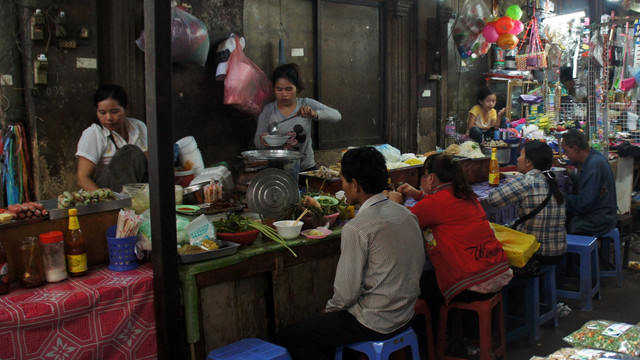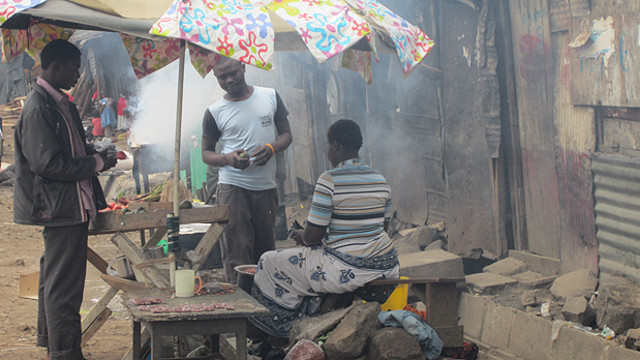Urbanisation and emerging population issues
Urbanisation is a defining trend of our time. It has major implications for global development goals – economic, social and environmental. IIED worked with partners around the world, and particularly in Pakistan and the BRICS, to identify key urbanisation issues and develop and promote approaches that can tap the potential benefits of urbanisation while avoiding its exclusionary and environmentally destructive tendencies.

Urbanisation concepts and trends
There is widespread recognition of urbanisation's importance to the global future, but little agreement on what this means in practice.
Urbanisation is variously portrayed as a global threat or a wonderful opportunity. There are vested interests and ideologies at play. Urbanisation always has both winners and losers. Contrasting takes on urbanisation are often based on differing definitions of what it is and selective presentations of the underlying trends.
There is a danger that the dominant narratives are not those that best capture the key trends, but those that favour certain dominant groups. Moreover, debate over whether urbanisation is a good thing can divert attention from measures to make it a better thing.
What did IIED do?
In an attempt to lay out some of the basic concepts and trends, we prepared an 'Urbanisation concepts and trends' Working paper, backed up by an entry on urbanisation in the Elsevier International Encyclopedia of the Social & Behavioral Sciences.
In collaboration with the International Organisation on Migration (IOM) we prepared a paper on 'Urbanisation, rural-urban migration and urban poverty'.
We also developed new ways of looking at the many layers of complexity around the world's growth in urban areas by working with Kiln, a data visualisation and interactive studio to create visual realisations of some of the urbanisation data.
The 'Growth of cities' visualisation explored the world between 1800 and 2030, seeing which cities have emerged and are emerging and the patterns between them, while the 'Income growth and urbanisation' visualisation focused on the period between 1980 and 2010 and explored the connections between levels of income and levels of urbanisation.
Additional resources
Additional resources
Urbanisation, rural-urban migration and urban poverty, Cecilia Tacoli, Gordon McGranahan and David Satterthwaite (2015), IIED Working Paper
Urbanization, Gordon McGranahan (2015), The International Encyclopedia of Social and Behavioral Sciences, 2nd Edition, Vol 24, James D Wright, (editor), Elsevier, Oxford, pages 958-964.




